Famous for its native oysters, the charming seaside town of Whitstable celebrates the ocean’s bounty each summer with a festival that marries ancient tradition and ongoing popularity.
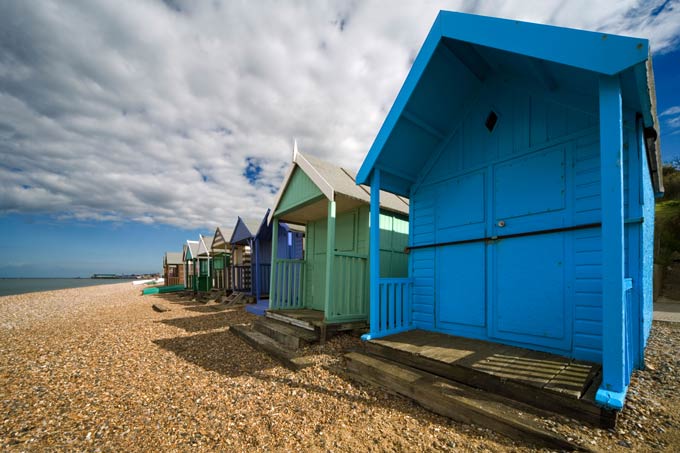
Whitstable on the coast of north Kent has the vibrancy of a community in its prime. The high street has an adorable ‘toy town’ feel and each shop facade is immaculately painted in a rainbow of colours. Restaurants serving seafood and champagne line the beachfront and harbour. And the coastal path that stretches up past Whitstable Castle to Tankerton is punctuated by tiers of bright beach huts, with appealing names such as ‘Jenny Wren’s Nest’.
Quaint it might look, but Whitstable has as much substance as it has style. This stretch of coastline is famous for its native oysters, Ostrea edulis, which are celebrated at an annual festival that has been held here since 1985. The Whitstable Oyster Festival has its roots in Norman times when fishermen held a service of thanksgiving around the feast day of St James of Compostella, considered the patron saint of oystermen.
But oyster-eating in Whitstable dates back even further than this, to the time of Julius Caesar’s invasion of Britain. The Romans, who already had a taste for oysters and needed no excuse to devour masses of the molluscs at any feast, were so impressed with the Kentish natives that they would send them back home in snow-packed sacks.
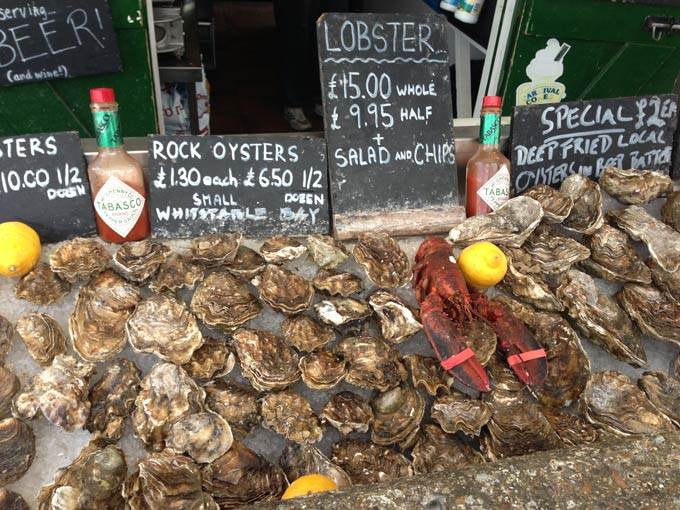
Oyster farming seems to have become obsolete after the Roman occupancy, but it was back and pretty well booming by the 15th century, which is when turf wars between dredgers were first documented. By 1793 the industry became regulated, and what began as a sort of fraternity, controlling dredging and looking after the fishermen of Whitstable, is now known as The Whitstable Oyster Fishery Company – set up by an Act of Parliament in 1897.

By Victorian times, oysters were cheap and accessible – an astonishing fact given that these days they are enjoyed as a delicacy on a par with champagne and considered an acquired taste. Back then there were stands selling oysters for pennies, making them a staple of many a working man’s diet. However, since then, the native oysters have been in decline and are now relatively rare.
“The perception is that native oysters are plentiful,” says Richard Green of The Whitstable Oyster Fishery Company, which runs the oyster trade in Whitstable through restaurants, smacks (boats) and a purifying plant. “We used to have 80 boats whereas now we just have one. It was once a much bigger industry. As the native stocks ran down oysters from elsewhere were brought in.”
In the summer months – the months without ‘R’s in them – the native oysters are spawning, so the festival was originally celebrating the oystermen’s holidays. The irony of Whitstable Oyster Festival now is that during the celebration no native oysters can be found here.
Instead, Pacific rock oysters are farmed all year round – and it is these that are served during the festival. To taste the native oysters, visitors would need to come back between September and April.
Still, this doesn’t stop the festival crowds, swelling the town with what can be around 100,000 visitors. The seven-day celebration begins with the Landing of the Oysters – a town parade, which sees ‘the catch’ delivered to all of the local restaurants.
Richard Green describes opening hundreds upon hundreds of oysters each day to meet demand. The restaurants are packed, but each sets up its own stall outside so that visitors can be served quickly.
Underneath his simple restaurant in the original Royal Native Oyster Stores building in the harbour – a gorgeous rustic space filled with red gingham covered tables, vases of flowers, platters of oysters and candles flickering in scallop-shell holders – are large tanks that have been used to store oysters for years and come in handy for the festival.
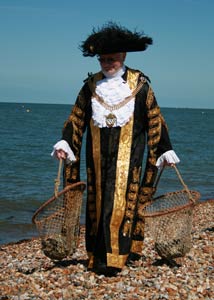
The proceedings are centred on food each day, with local chefs offering cooking demonstrations and visitors relaxing on the beach with half a dozen oysters and a glass of champagne. For more energetic gourmets and gluttons alike, there is an oyster-eating competition in the harbour.
If you fancy getting out on the water yourself, the harbour is the departure point of the Greta Sailing Barge, which first launched 120 years ago as a working cargo barge, but now takes visitors on daily sailing trips.
On the penultimate day of the festival, the Blessing of the Waters takes place, a religious ceremony attended by clergymen and choristers that traditionally keeps the waters and the produce within safe from harm.
This is a lovely local ritual, which reminds visitors of the importance of the oyster business to the town. Locals – some of whom call themselves ‘the shellbacks’ in homage to their habitat – cheerfully refer to visitors from the capital as DFLs (Down From Londons) and call their home town ‘Islington-on-Sea’ in reference to how sophisticated this stretch of Kent coast has become.
That said, some things never change. Wheelers Oyster Bar is impossible to miss. Its candy pink facade stands out even on a high street blooming with colour. It was established some 160 years ago by Richard ‘Leggy’ Wheeler, the skipper of a smack called Bubbles.
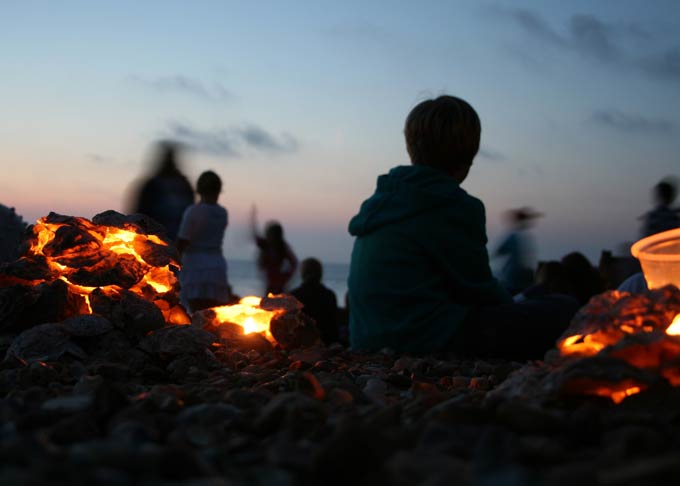
It is now run by Delia Fitt who has lived in Whitstable all her life. She explains the difference between native and rock oysters – the natives are in a rather flat smooth shell and, inside, the oyster has a tendency to be meaty and thick. The rock oysters are encased in much deeper shells that have layers of ‘frills’ on the outside.
Wheelers is tiny. It is comprised of just a fish bar at the front of the shop, while the restaurant itself is in the back. It heaves with business, especially during festival time. But the festival is not just about food; there are arts and culture events too. The end is marked by a fireworks display over the sea.
Children lay out illuminated ‘grotters’, which are hollow, castle-like structures that they build out of oyster shells, a tradition thought to have originated in Victorian times. Candles are lit inside each one, so that when gathered together, the beach glows – a dreamlike end to a week of lively luxury.
This year’s Whitstable Oyster Festival runs from 27 July to 2 August.


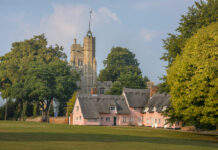
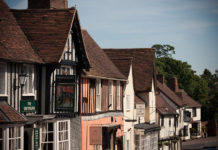

 © 2024
© 2024